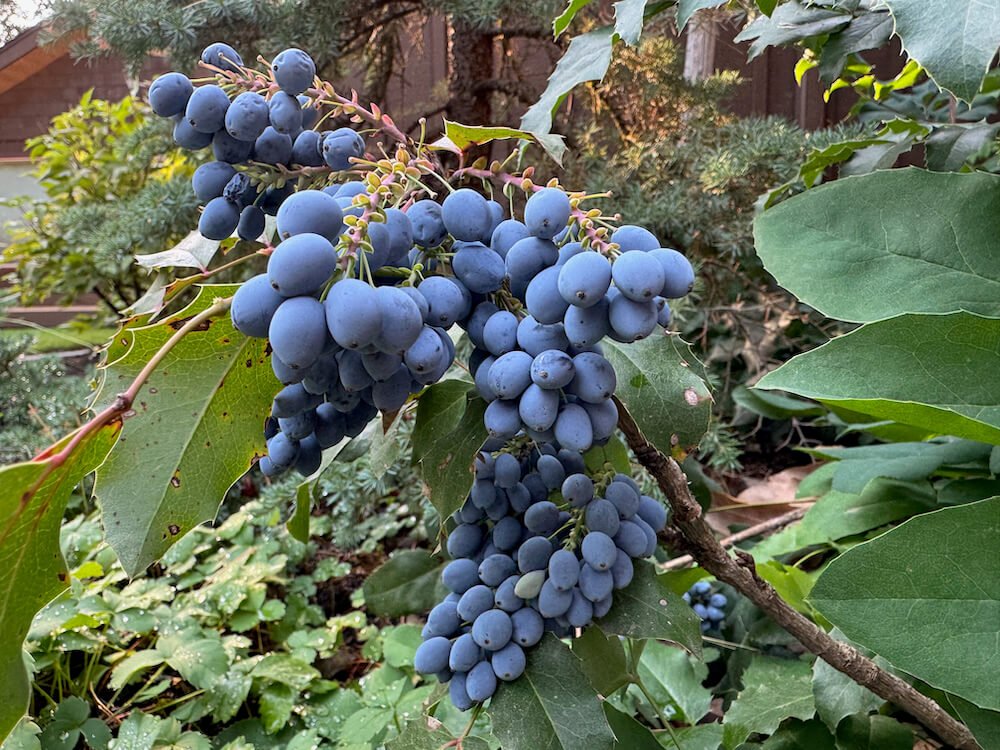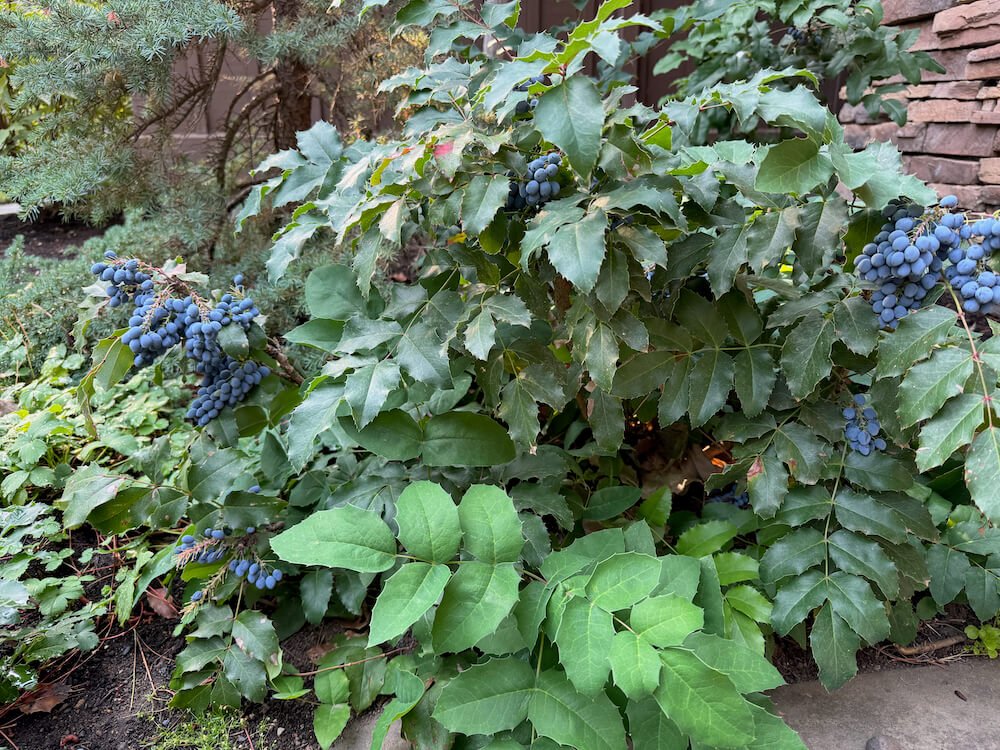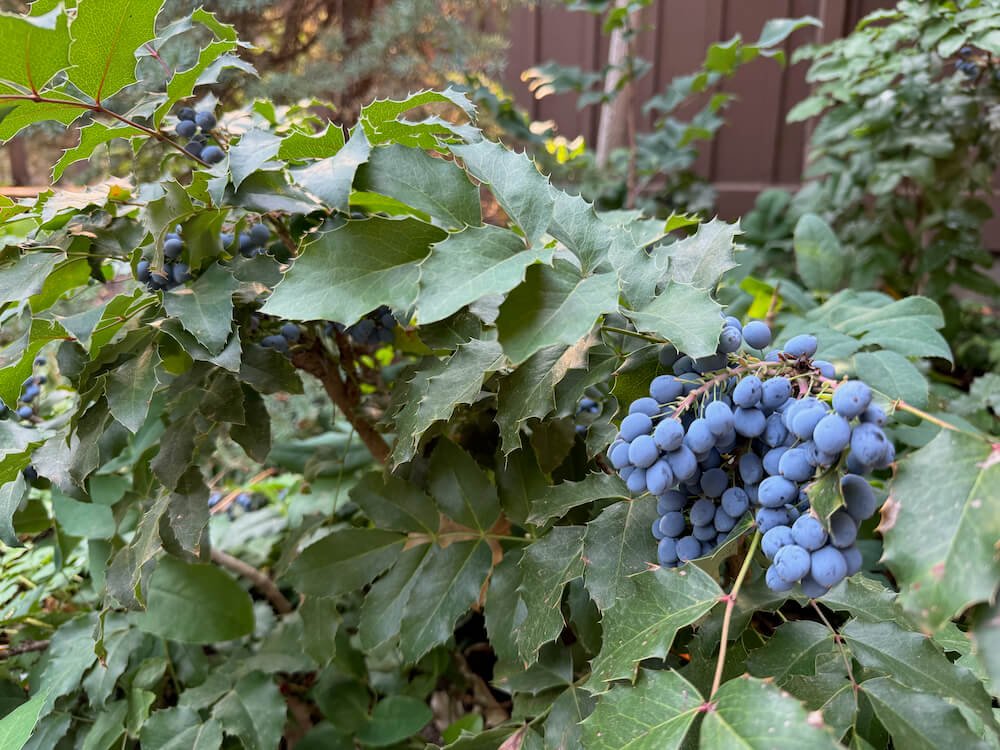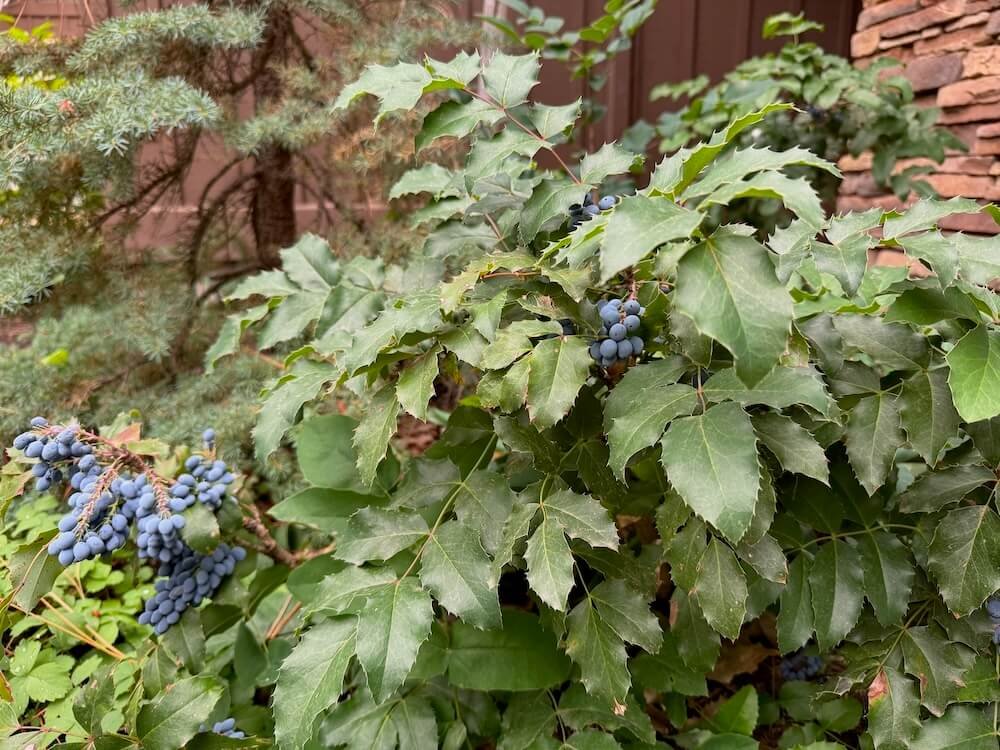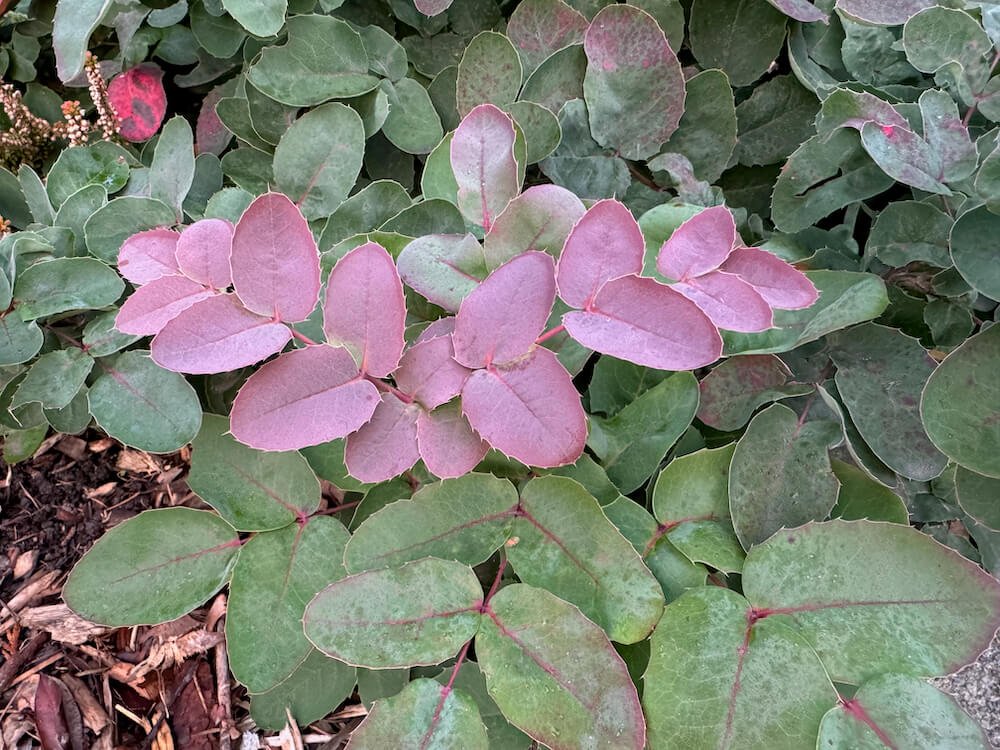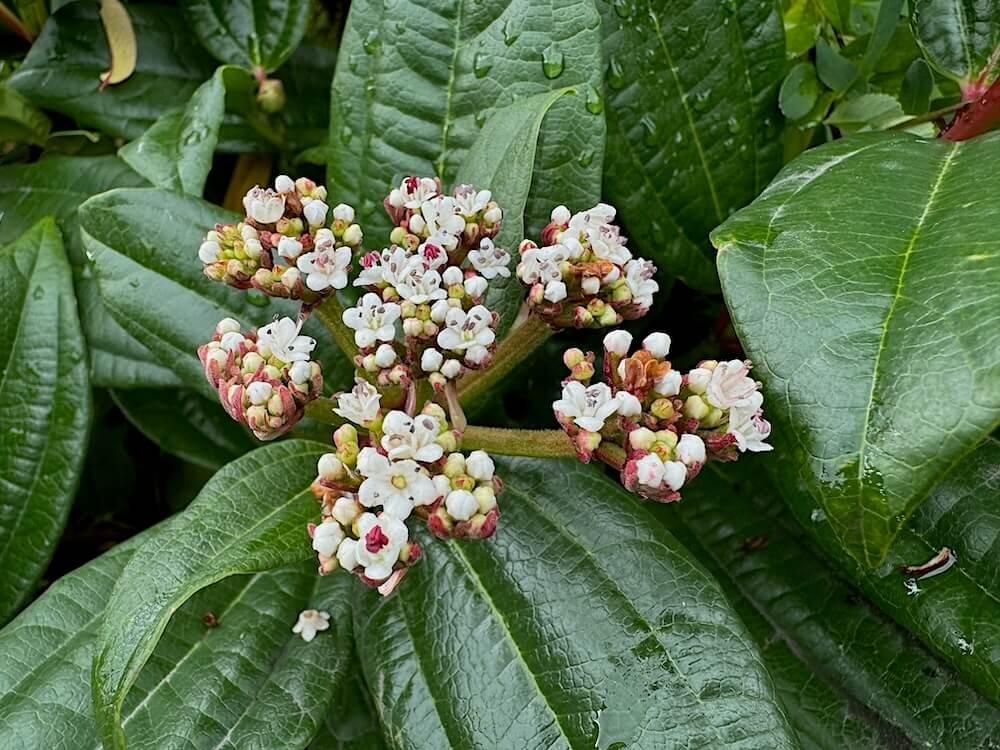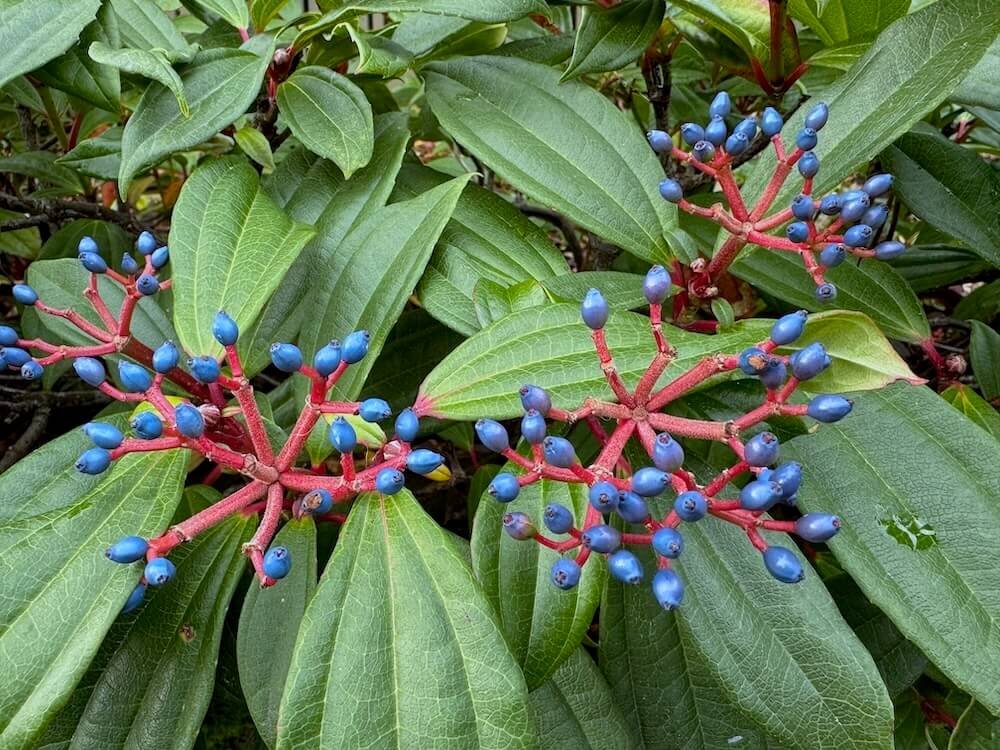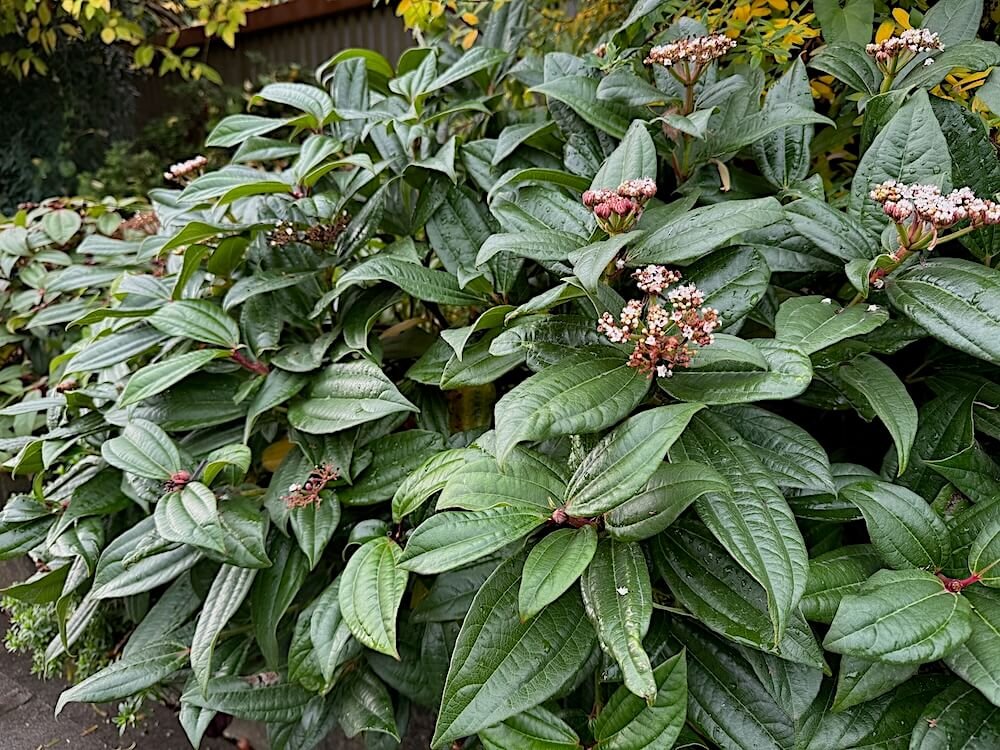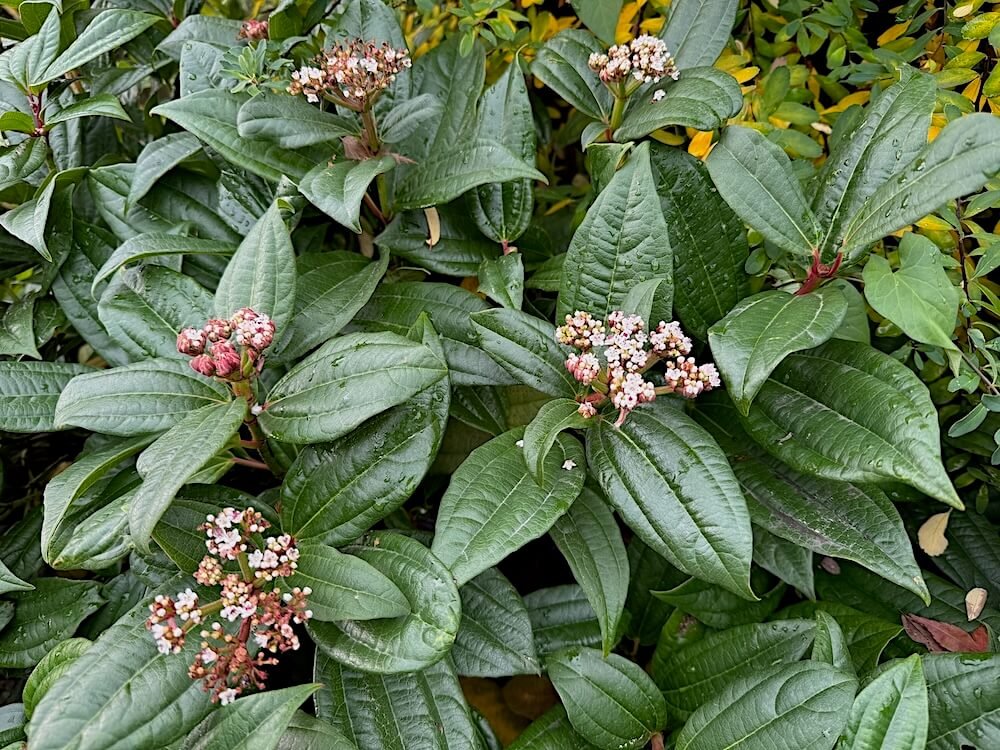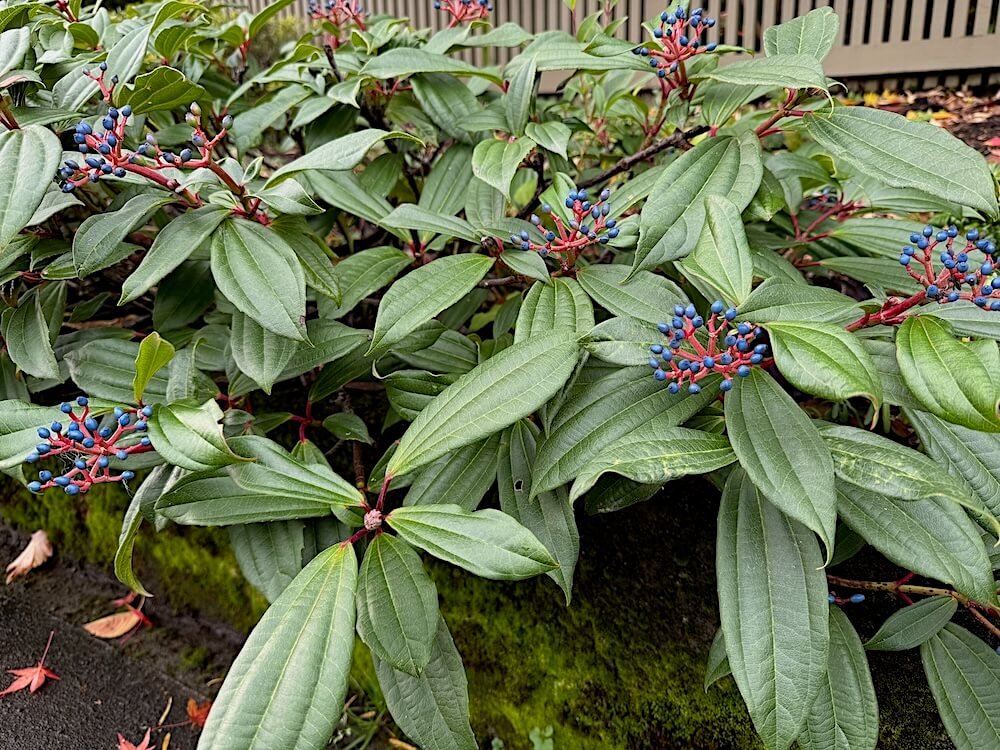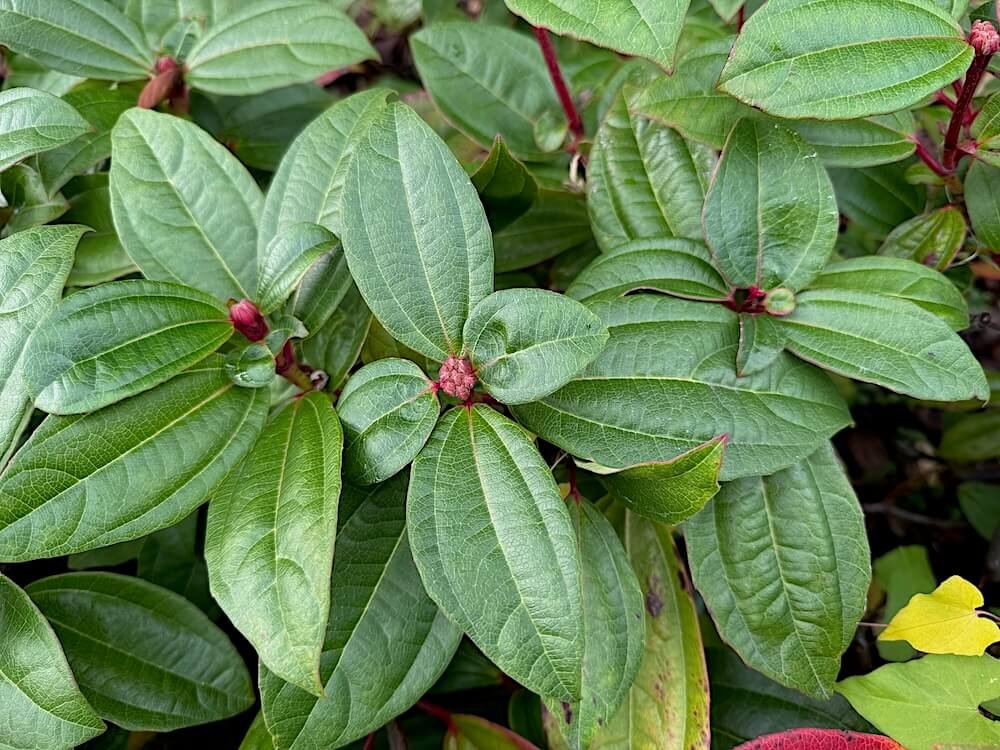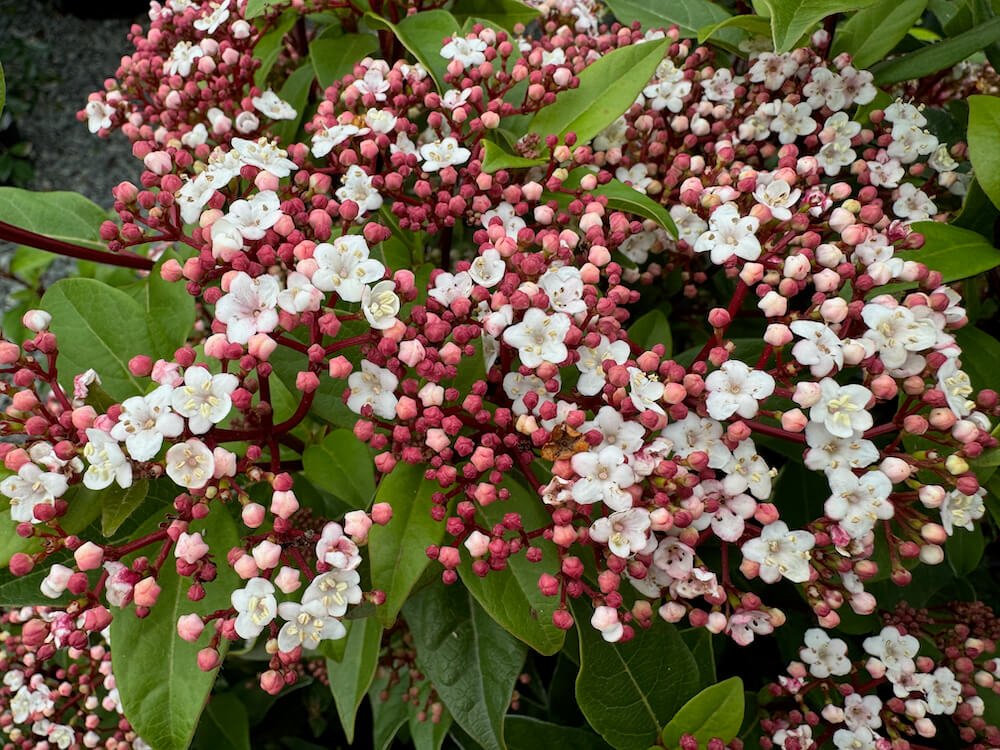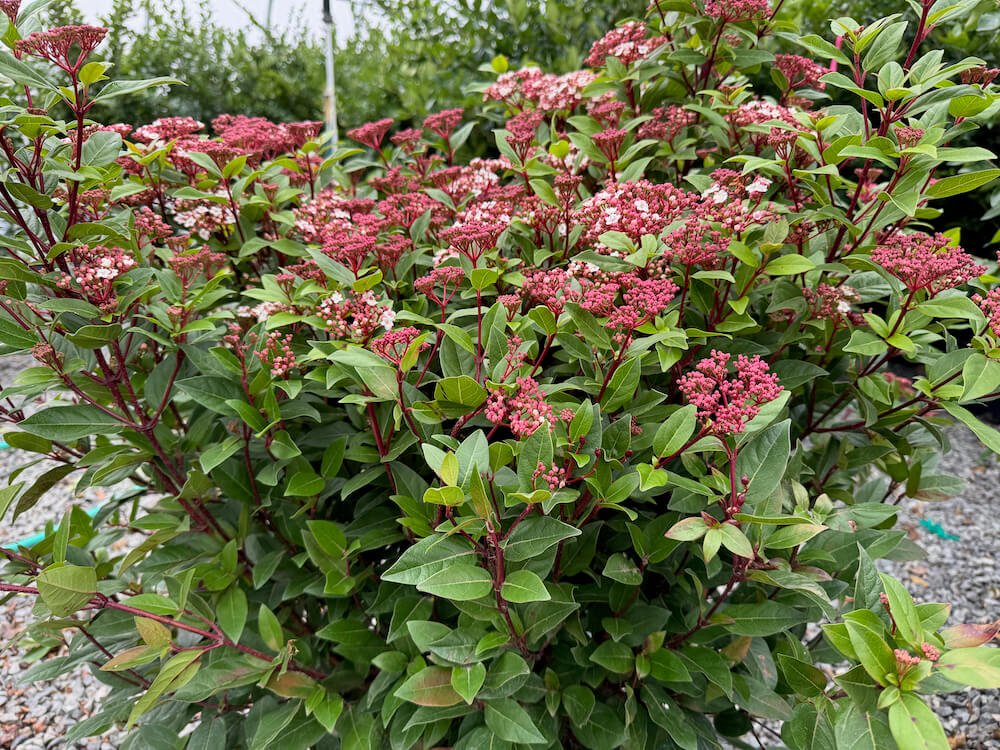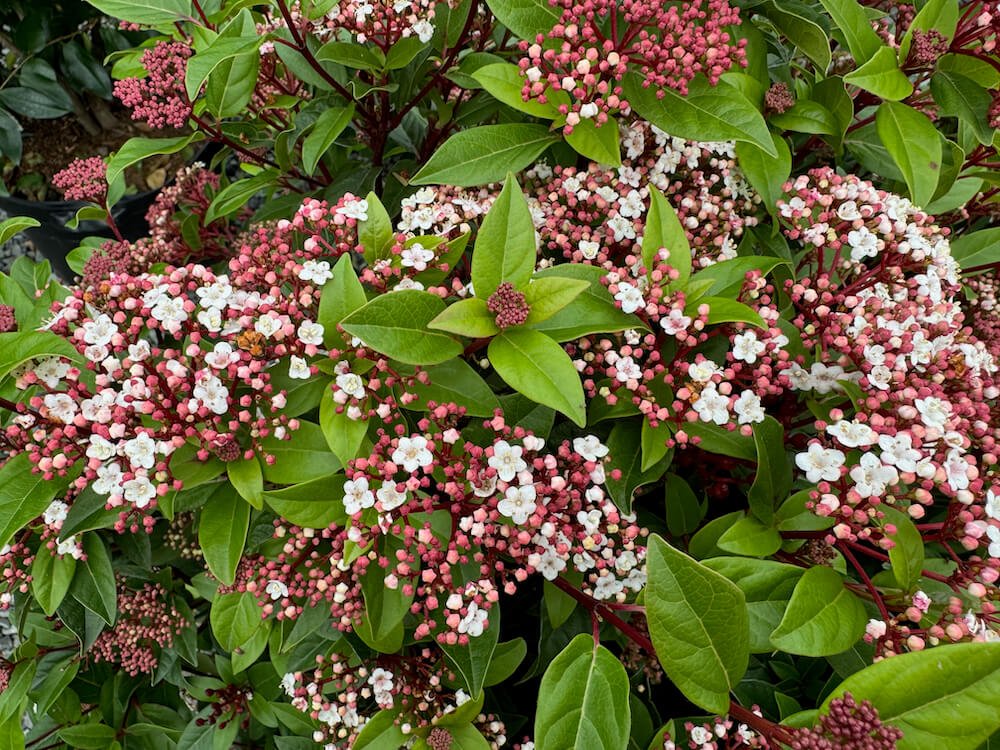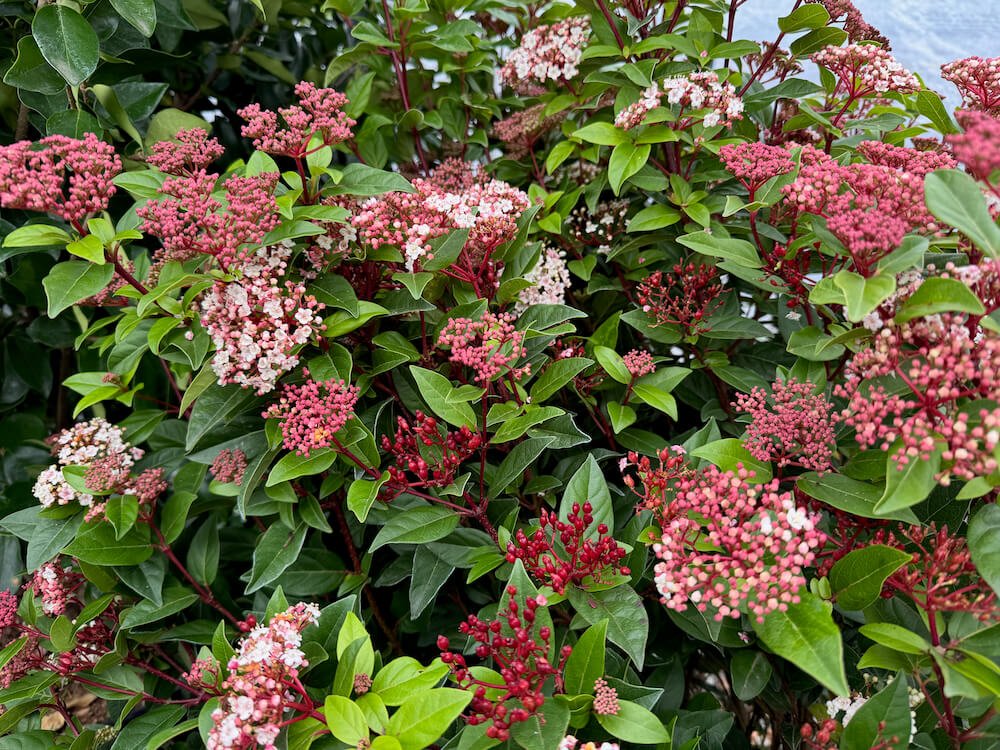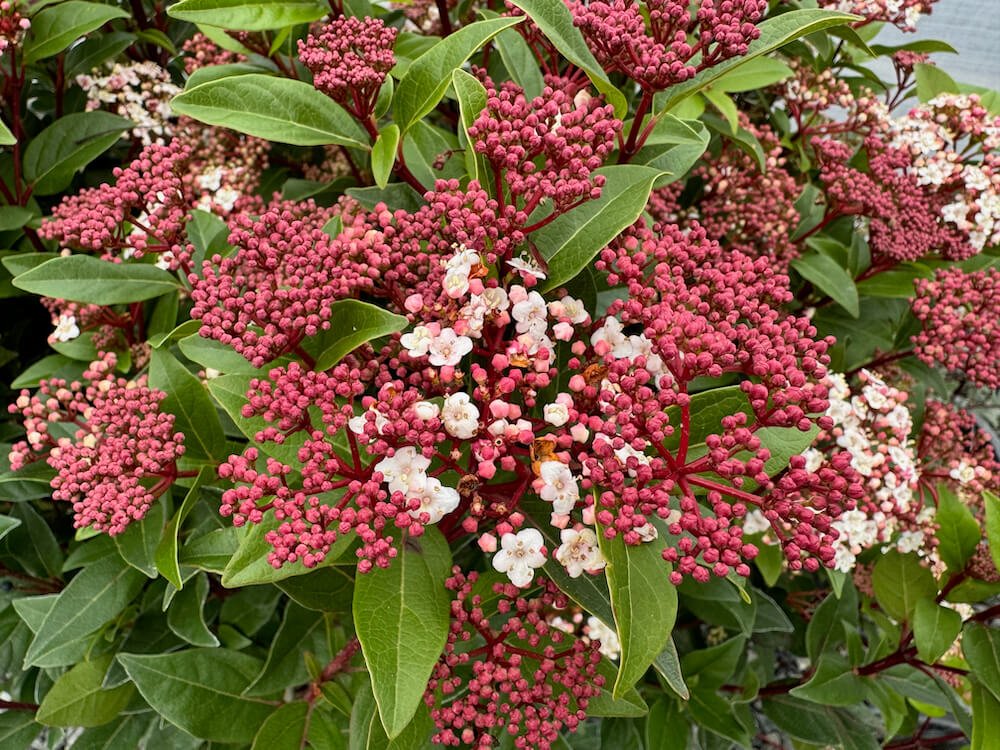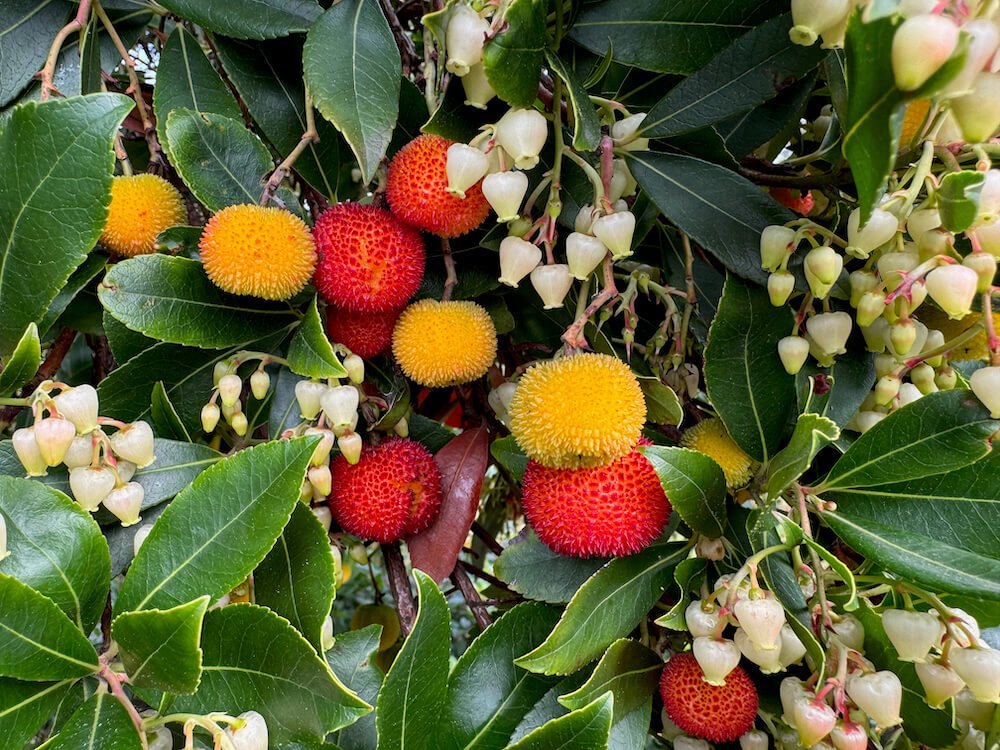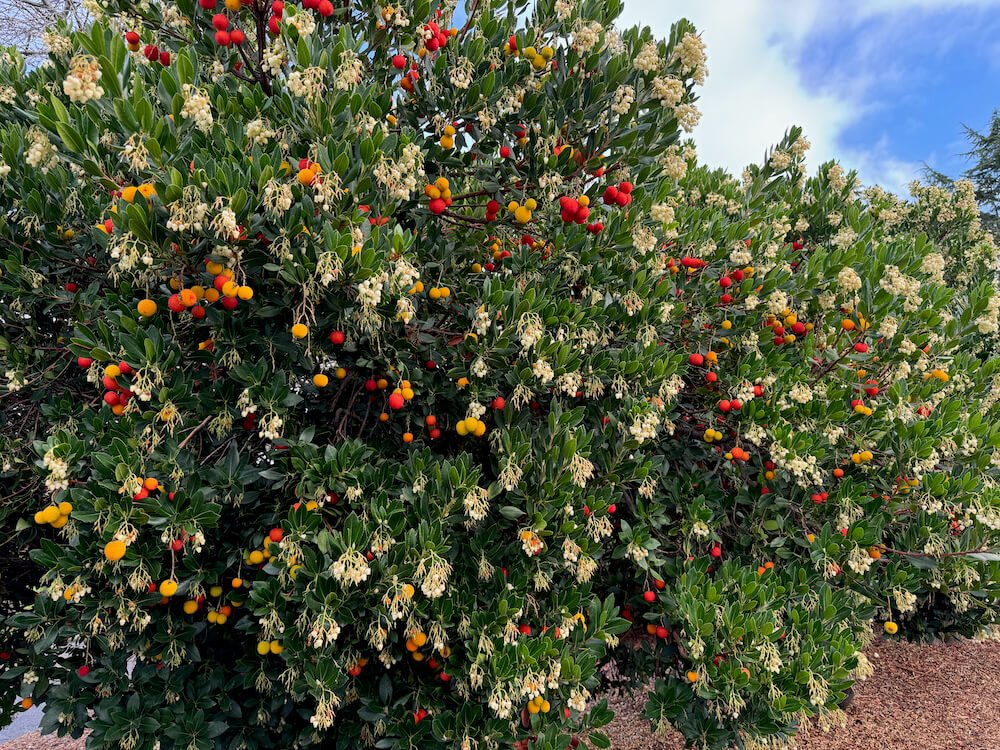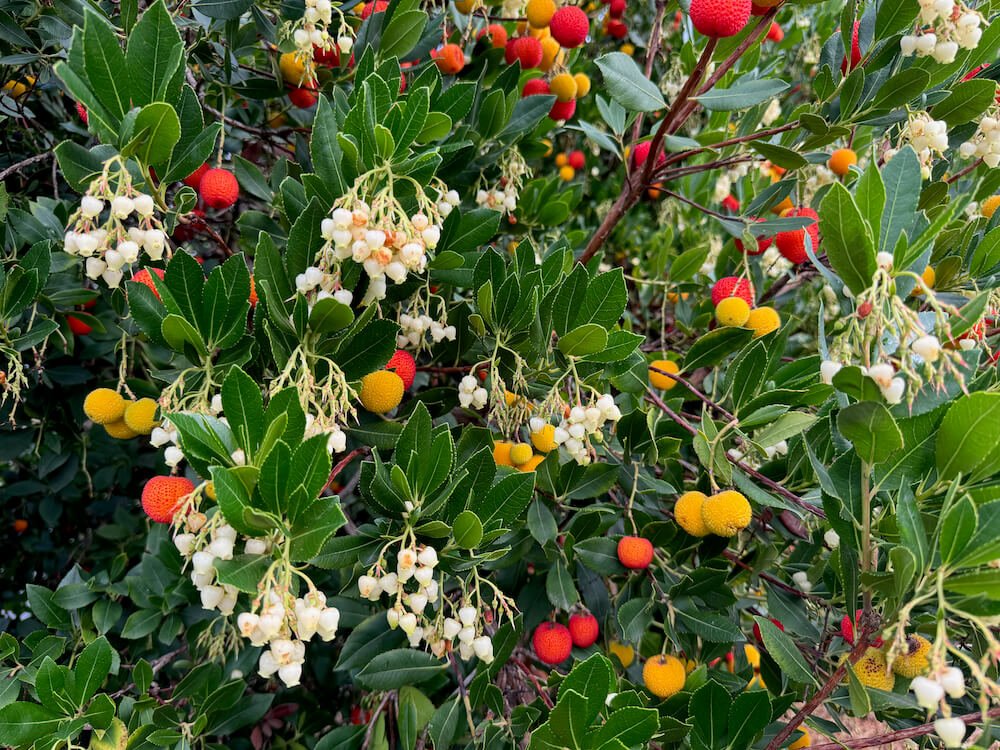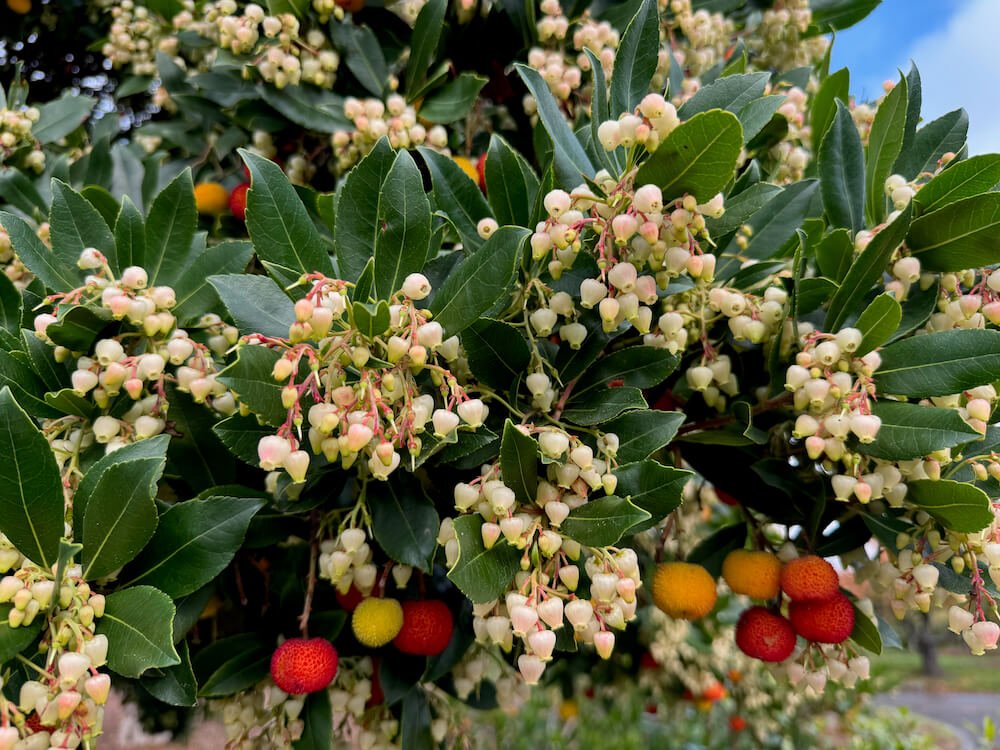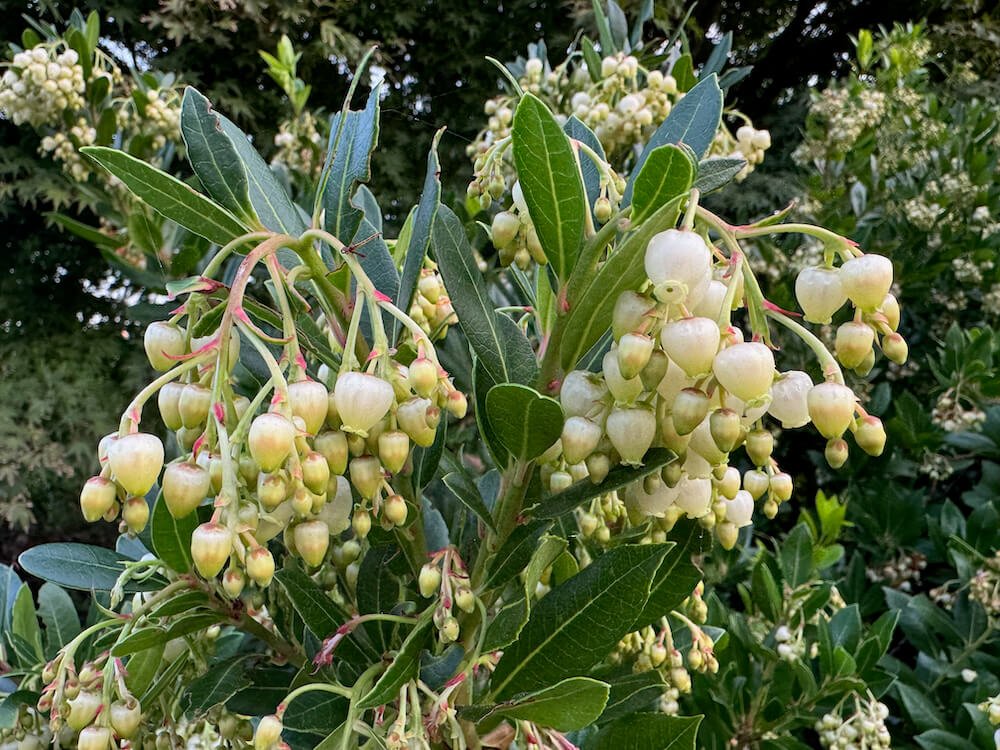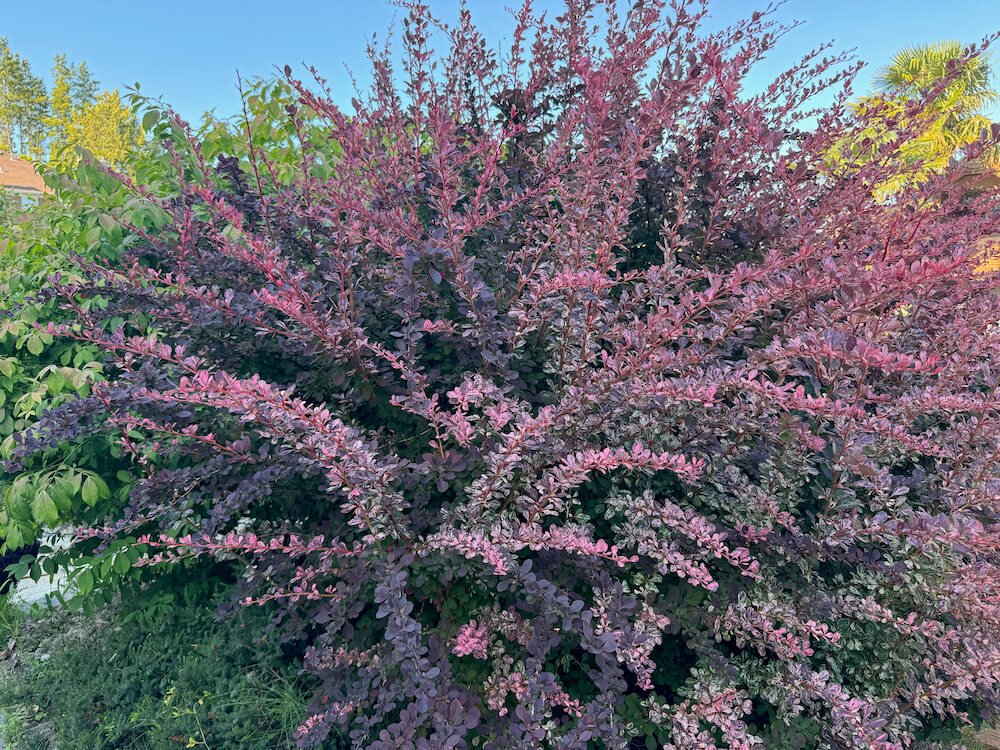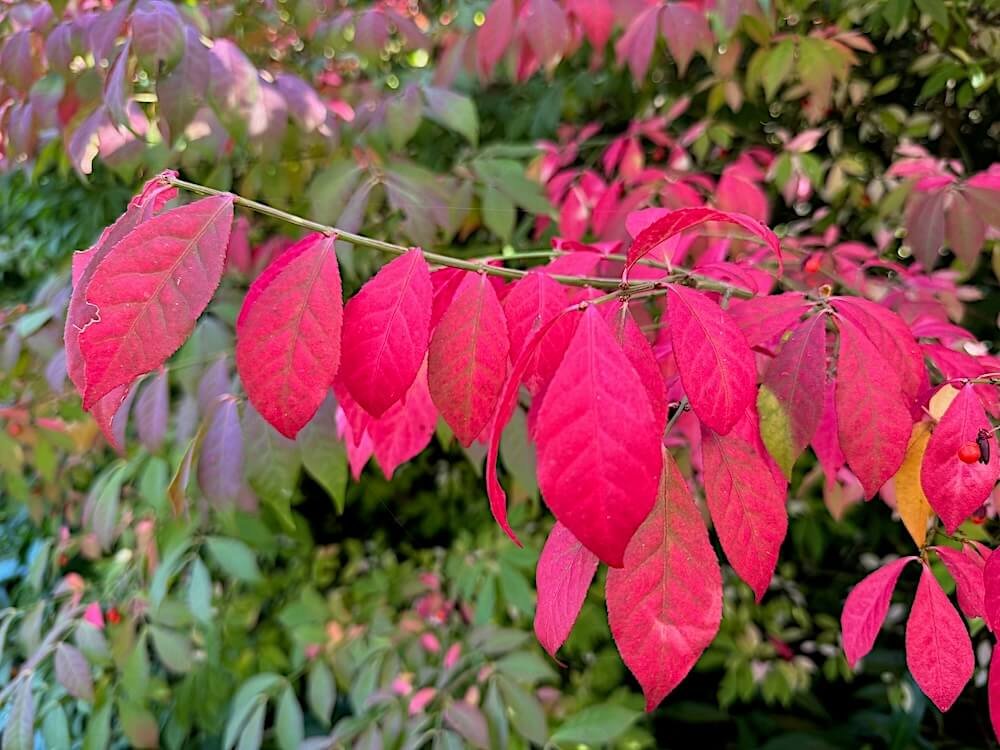 Image 1 of 4
Image 1 of 4

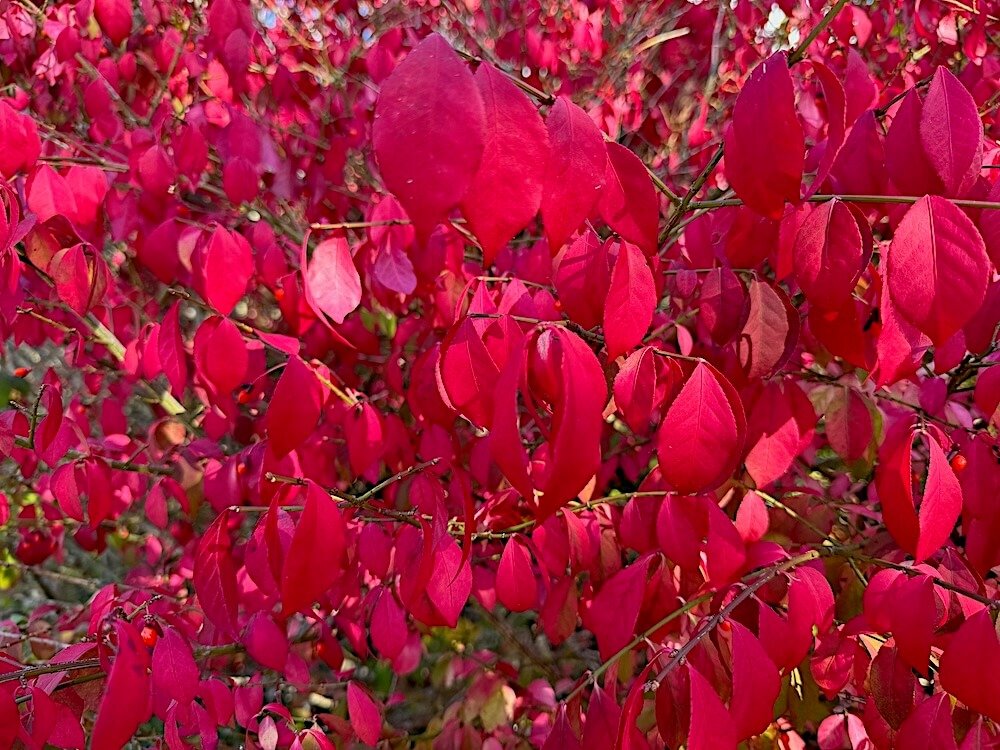 Image 2 of 4
Image 2 of 4

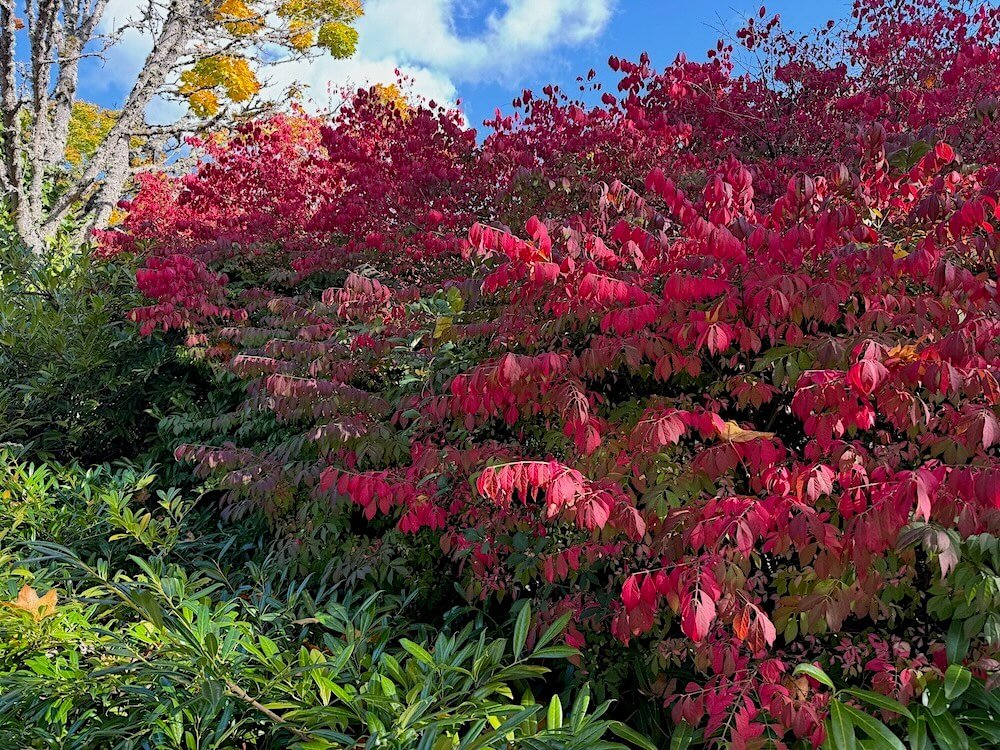 Image 3 of 4
Image 3 of 4

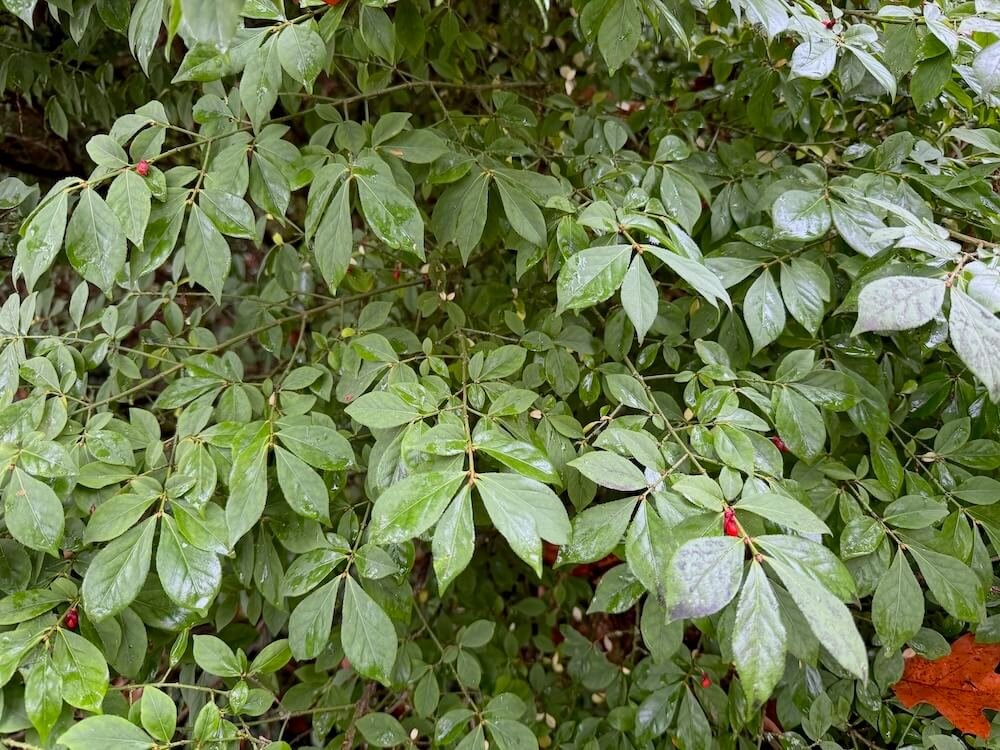 Image 4 of 4
Image 4 of 4





Euonymus alatus | Burning Bush
DESCRIPTION
Euonymus alatus, commonly known as burning bush, is a deciduous shrub valued for its vibrant autumn foliage. In spring, it produces small, inconspicuous greenish flowers, which are followed by small red to purple fruits that attract birds. Its green leaves transform into brilliant shades of red in the fall, creating a bold seasonal display.
Native to eastern Asia, Euonymus alatus is well-suited to a variety of garden settings and is often used in hedges, borders, or as a specimen plant. Its unique winged stems, a distinguishing feature, add texture and interest even in the winter months when the shrub is leafless. This combination of seasonal color and structural appeal makes it a favorite in ornamental landscaping.
DESCRIPTION
Euonymus alatus, commonly known as burning bush, is a deciduous shrub valued for its vibrant autumn foliage. In spring, it produces small, inconspicuous greenish flowers, which are followed by small red to purple fruits that attract birds. Its green leaves transform into brilliant shades of red in the fall, creating a bold seasonal display.
Native to eastern Asia, Euonymus alatus is well-suited to a variety of garden settings and is often used in hedges, borders, or as a specimen plant. Its unique winged stems, a distinguishing feature, add texture and interest even in the winter months when the shrub is leafless. This combination of seasonal color and structural appeal makes it a favorite in ornamental landscaping.
DESCRIPTION
Euonymus alatus, commonly known as burning bush, is a deciduous shrub valued for its vibrant autumn foliage. In spring, it produces small, inconspicuous greenish flowers, which are followed by small red to purple fruits that attract birds. Its green leaves transform into brilliant shades of red in the fall, creating a bold seasonal display.
Native to eastern Asia, Euonymus alatus is well-suited to a variety of garden settings and is often used in hedges, borders, or as a specimen plant. Its unique winged stems, a distinguishing feature, add texture and interest even in the winter months when the shrub is leafless. This combination of seasonal color and structural appeal makes it a favorite in ornamental landscaping.
-
Family: Celastraceae
Height: 15–20 feet
Width: 8–12 feet
Foliage color: Green leaves, turning vibrant red in fall
Flower color: Yellow-green
Bloom time: Spring
Light requirements: Full sun to partial shade
Water requirements: Medium
Maintenance: Low, can tolerate heavy pruning
Growing zone: USDA Zones 4–8
Wildlife attractors: Birds, particularly due to its bright red fruit in the fall

